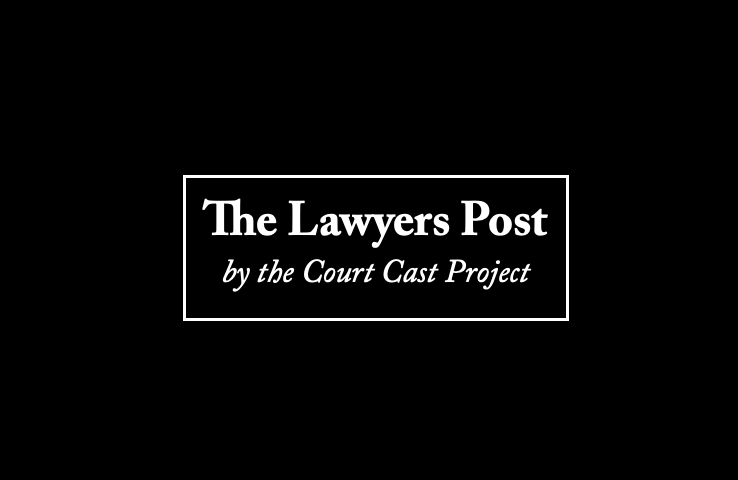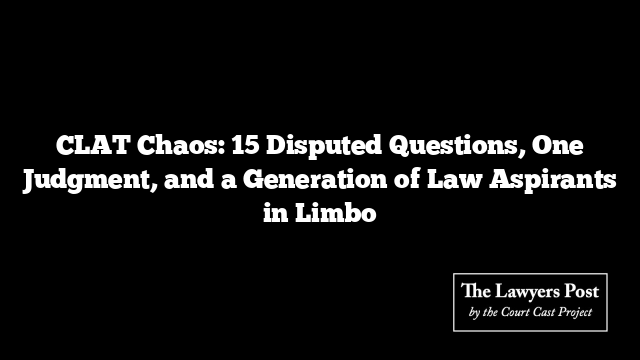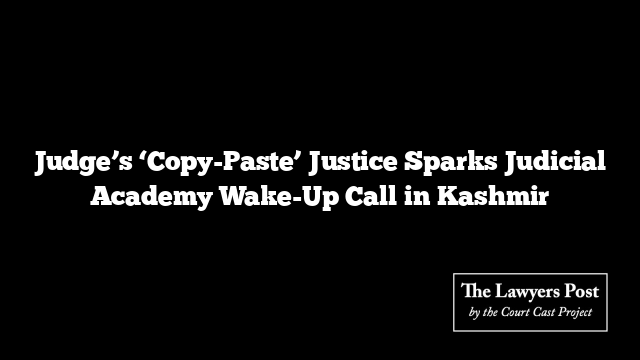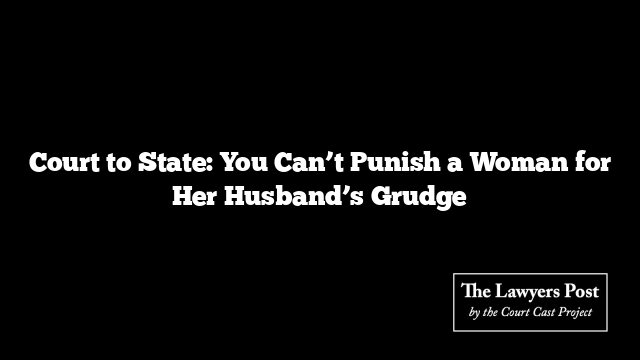The gates to India’s top law schools may be open—but only if the Delhi High Court says so.
The 2025 edition of the Common Law Admission Test (CLAT) has landed in a legal quagmire, with a swarm of disputed questions, contradicting committees, and frustrated aspirants. What began as a national entrance exam has spiraled into a courtroom drama, where academic judgment is under judicial scrutiny and the futures of thousands hang in balance.
At the center of this legal puzzle are 15 contentious questions that have been dragged into the spotlight by petitions from aggrieved candidates. The Consortium of National Law Universities, the body behind CLAT, is standing its ground, but the students aren’t backing down.
It all began when a 17-year-old candidate flagged inconsistencies in the UG paper. Justice Jyoti Singh partly agreed. That partial win quickly evolved into a full-blown legal saga—with appeals, counter-appeals, and eventually, the Supreme Court stepping in to funnel all related petitions to the Delhi High Court for clarity.
Now, Chief Justice Devendra Kumar Upadhyaya and Justice Tushar Rao Gedela are sifting through the academic wreckage, with petitioners arguing that the exam’s integrity has been compromised.
A Test of Legal Logic—or Just Logic?
According to the Consortium’s set rules, objections had to be filed by December 3. But raising a single objection meant coughing up ₹1,000—too steep for many students who spotted multiple errors. Some say their parents balked at shelling out ₹15,000 just to challenge 15 questionable answers. The burden of proof, it seems, has shifted to the students.
An Expert Committee and an Oversight Committee were brought in to vet these objections. Sounds thorough? Not quite.
The petitioners claim the Oversight Committee only looked at 8 questions, ignoring the rest without explanation. Disagreements between the two panels only worsened the confusion—split opinions, contradictory verdicts, and a total lack of reasoning behind many final decisions. Students argue that no committee properly explained why certain answers were deemed correct or why others were tossed aside.
Where It Gets Messy: A Section-by-Section Breakdown
Legal Reasoning:
The CLAT rulebook says prior legal knowledge shouldn’t be needed. Yet, multiple questions hinged on complex concepts like voidable contracts and “consideration”—terms that would stump most 12th graders. One passage on Constitutional Law drew 451 objections. Another involving minors and contract law pulled in 622 complaints. The Oversight Committee? Silent.
English:
Question 11 received nearly 900 objections. A single judge had flagged it, and even recommended a correction. The Consortium didn’t agree and appealed.
Current Affairs:
A question on the BRICS Summit went unchecked. Another on the Nari Shakti Vandan Adhiniyam got 148 objections but was left unreviewed.
Logical Reasoning:
Question 88 was meant to be withdrawn, but the Oversight Committee changed its mind and changed the answer. Other questions in this section saw conflicting opinions between experts. Some were changed, some weren’t—even within the same passage on COVID-19 and housing insecurity.
Quantitative Techniques:
The chaos continues here. The Oversight Committee simply skipped reviewing questions 114 to 116. One of these even had misreferenced question numbers across different paper sets.
Who Watches the Watchmen?
The Court’s observations were pointed: If legal experts frame GK and law-based questions, who exactly crafts the logic and math ones? “You do not teach maths,” the Court noted dryly, questioning whether true expertise was ever at play.
Now, while students who lost out wait in hope, some of the top scorers who benefited from the current answer key are trying to join the legal proceedings—to defend the status quo and back the Consortium.
Whatever the outcome, one thing is clear: the CLAT process is in urgent need of reform. From question-setting to objection-handling, the entire mechanism stands exposed. If the Delhi High Court does deliver clarity, it may do more than just decide admissions—it might just force the exam’s custodians to finally clean up their act.





